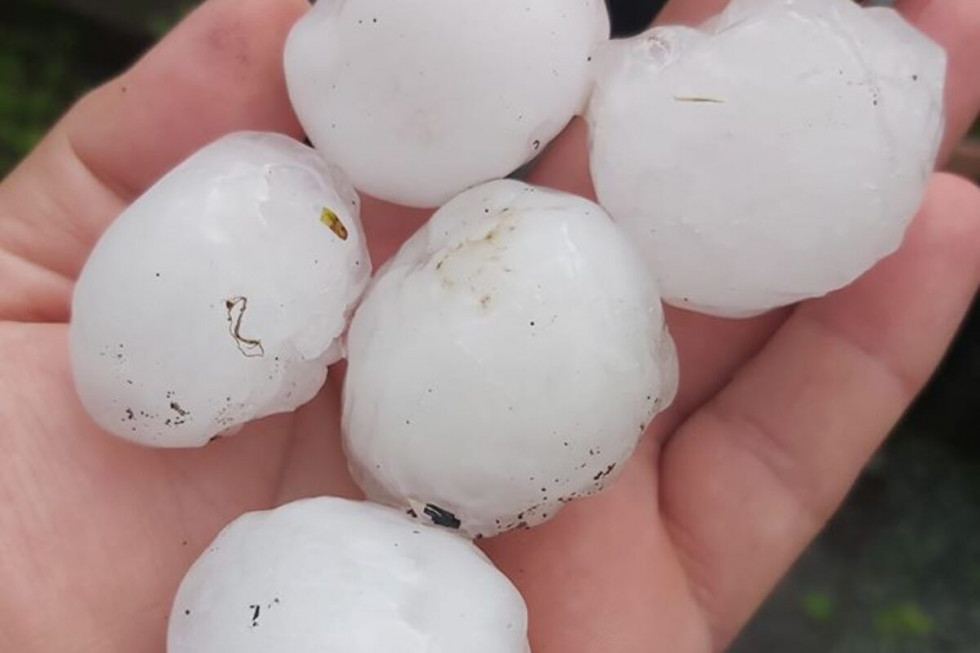Slovenian researchers the first in the world to find microplastics in hailstones
The results of their research suggest that microplastics may also contribute to the formation of large ice balls. This could indicate an upward trend in severe hailstorms if microplastic pollution continues.
The research was carried out during the coronavirus pandemic and involved six different organisations. It was prompted by local residents, who were curious as to why in two years practically the same area had been hit by twice-record-breaking hailstorms. In some places, the hailstones had been extremely large, even exceeding 10 centimetres in diameter. As a large lump of ice had landed in the living room of one resident, who put it in his freezer, a multidisciplinary team of 10 scientists and experts was able to analyse this sample.
The researchers analysed four hailstones, measuring 7, 10, 12 and even 13 centimetres in diameter, which are believed to be the largest hailstones in the history of Slovenia. The samples were first transported to the Biotechnical Faculty, where they were surface cleaned and sterilised. As the stones were indeed large, the outer layer (about a centimetre) of the stone was melted first. The hailstones were then pared or melted layer by layer and analysed for bacteria, fungi and diatoms. In the outer layers, mainly particles of desert sand were found, while in the core of the hailstone, in addition to natural cellulose fibres and lignin, microplastics were also detected. Maintaining a sterile environment was a particular challenge. All procedures were therefore carried out in the laboratory under dust-free conditions, the air was filtered at all times and only two researchers, wearing protective lab coats, were allowed to be in the room at any of time.
The discovery of microplastics in the core of the hailstones suggests that they may contribute to the formation of such large hailstones. It is, however, important to note that such a phenomenon is a combination of various contributing factors and that microplastics are not the only cause. Nevertheless, the researchers hope that their findings will encourage other researchers to analyse such phenomena in a similar way.


